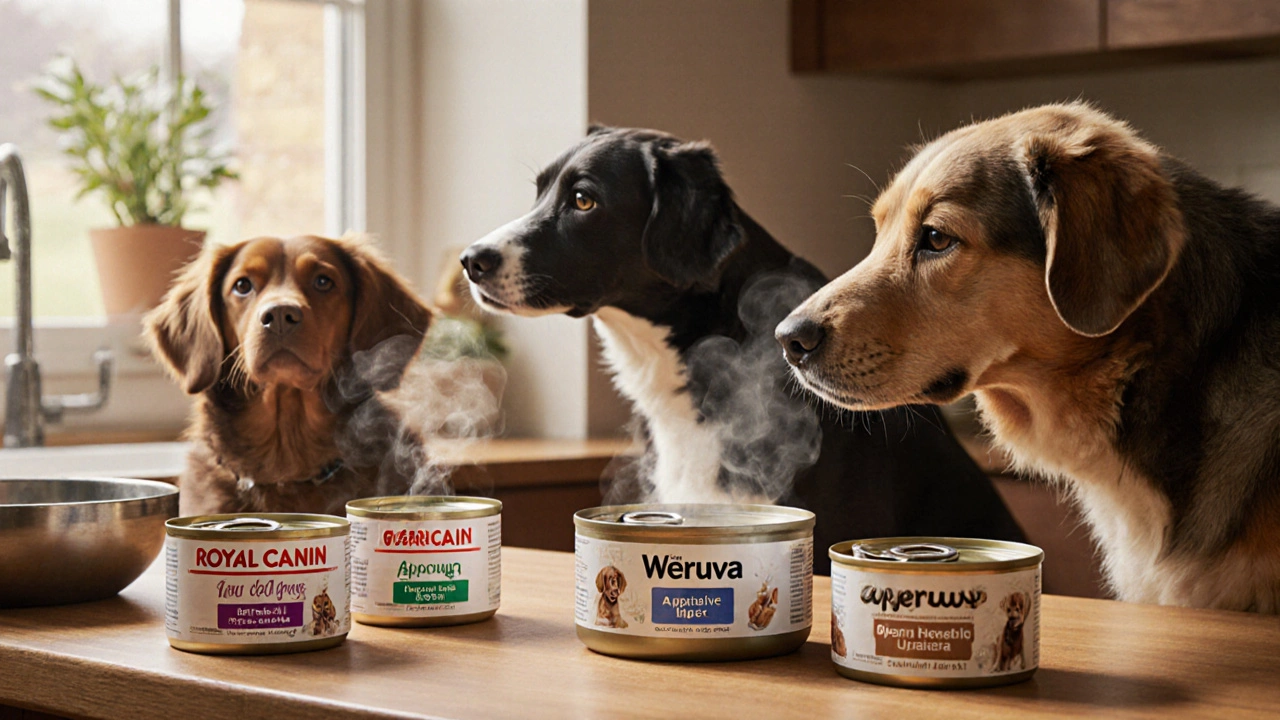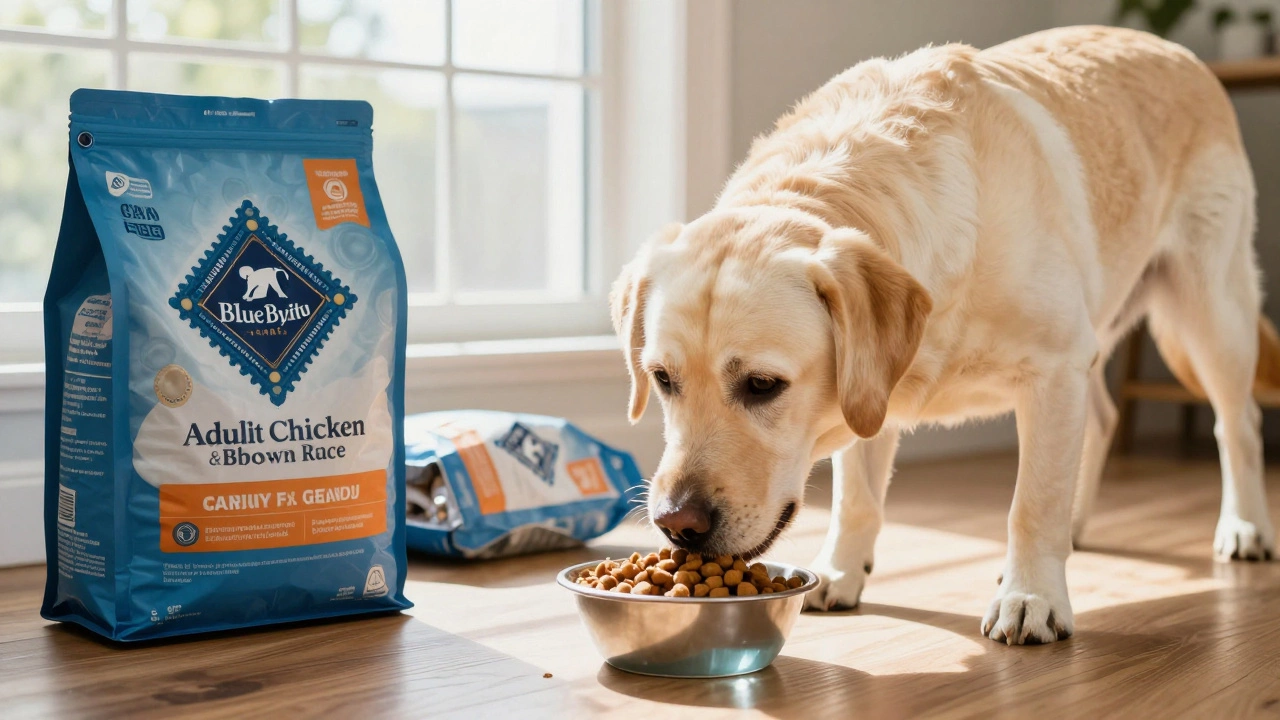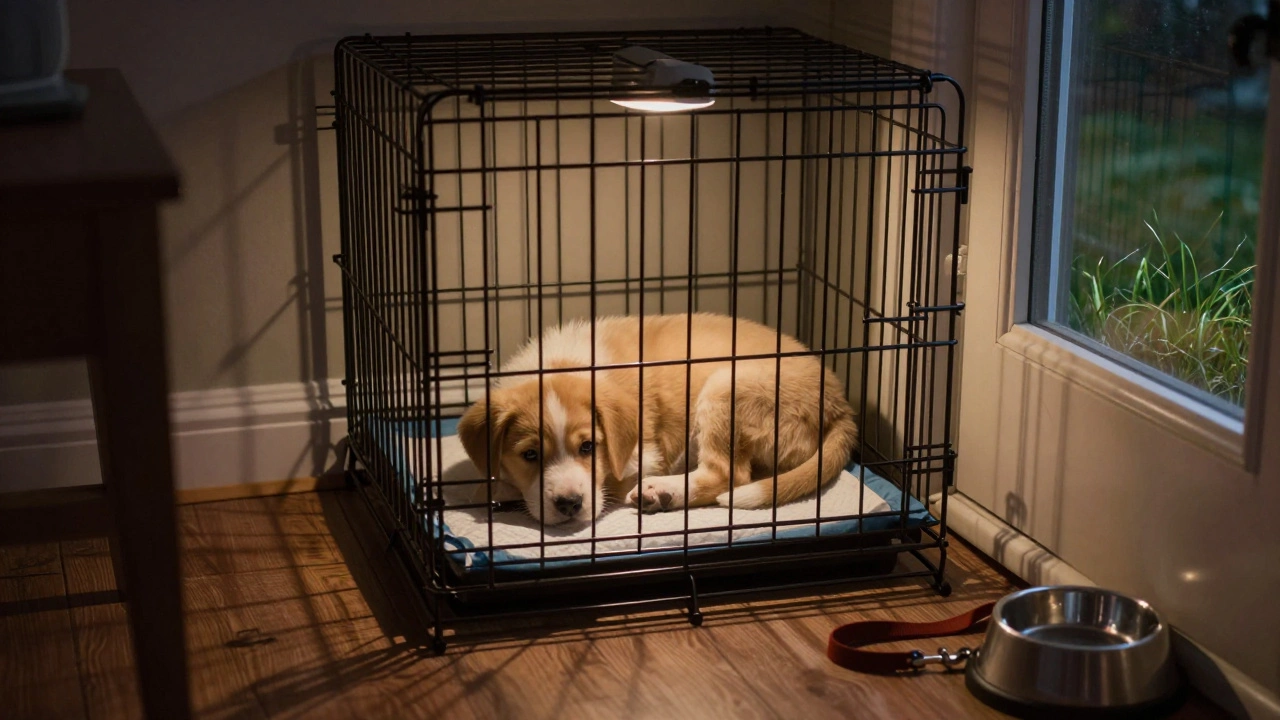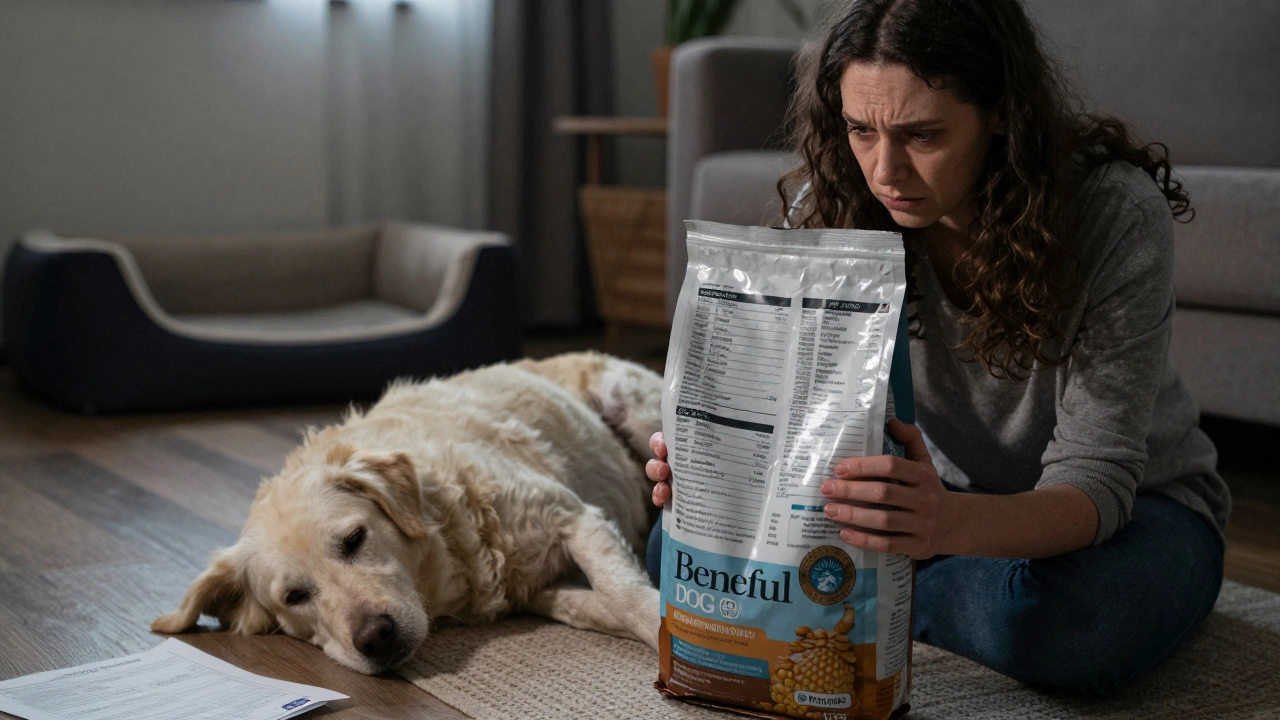Wet Food for Puppies: What Works, What Doesn’t, and What to Look For
When you bring home a new puppy, one of the first big questions is: wet food for puppies—yes or no? It’s not just about convenience. Puppies have tiny teeth, sensitive stomachs, and high energy needs that dry kibble alone doesn’t always meet. wet food for puppies, a moisture-rich, easily digestible form of dog food designed for growing puppies. Also known as canned puppy food, it’s often the go-to choice for owners who want to support healthy growth without forcing hard kibble on a puppy still learning to chew. Unlike adult dogs, puppies need more calories per pound of body weight, and wet food delivers that in a form that’s easier to eat and digest.
puppy nutrition, the specific dietary needs of dogs under one year old, focused on growth, brain development, and immune support isn’t just about protein levels. It’s about balance—fat for energy, DHA for brain growth, calcium for strong bones, and water to keep kidneys happy. puppy diet, the daily food plan that meets a puppy’s changing needs from 8 weeks to 12 months should include wet food as part of the mix, especially in the early weeks. Many vets recommend starting with wet food or mixing it with softened kibble because it helps prevent dehydration and reduces the risk of choking. It also makes mealtime less stressful for puppies who are still adjusting to life away from their littermates.
But not all wet food is created equal. Some brands load it up with fillers, artificial colors, or too much salt. Look for labels that say “complete and balanced for puppies” and check that the first ingredient is a real meat—not a meat meal or by-product. Avoid anything with corn syrup, artificial preservatives like BHA, or vague terms like “meat by-products.” The best options list chicken, beef, or fish as the main ingredient, with added vitamins and minerals that match AAFCO standards for growth. You don’t need to go premium, but you do need to read the fine print.
wet dog food, a category of dog food with high moisture content, typically over 70%, sold in cans or pouches isn’t just for weaning puppies. It’s also helpful for picky eaters, dogs with dental issues, or those recovering from illness. For puppies, it’s a bridge—helping them transition from mom’s milk to solid food, and later, to a mix of wet and dry. Many owners use wet food as a topper to make kibble more appealing, especially during teething when chewing is painful.
Feeding frequency matters too. Puppies under 12 weeks need three to four meals a day. Wet food spoils quickly once opened, so plan portions carefully. Leftovers should be refrigerated and used within two days. Always serve at room temperature—cold food from the fridge can upset a puppy’s stomach. And while wet food is great for hydration, don’t skip fresh water. Even if your puppy eats mostly wet food, they still need a clean bowl nearby at all times.
You’ll find plenty of advice online about switching from wet to dry food. But there’s no rush. Some dogs thrive on wet food well into adulthood. Others do better with a mix. The key is watching your puppy’s weight, energy, and stool quality. If they’re growing steadily, active, and pooping normally, you’re on the right track. If they’re gaining too fast or too slow, or seem lethargic, talk to your vet. Nutrition isn’t one-size-fits-all—even for puppies.
Below, you’ll find real-world advice from owners and vets who’ve been there. Whether you’re just starting out or trying to fix a feeding issue, these posts cut through the noise. No fluff. No sales pitches. Just what works—for your puppy’s belly, their energy, and your peace of mind.
What Wet Food Is Good for Dogs? A Simple Guide to Choosing the Best Options
Discover what wet food is truly good for dogs-based on ingredients, life stage, and vet recommendations. Learn how to choose the best canned food, avoid common mistakes, and feed it properly for optimal health.






